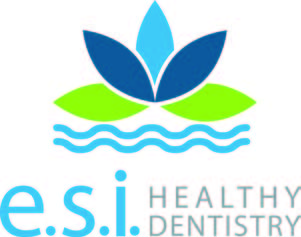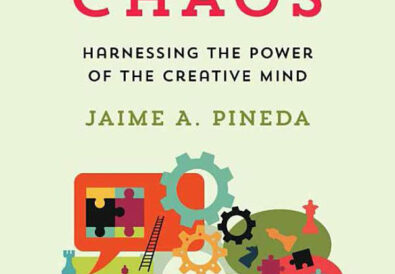What exactly does that mean? Is there a robot that does your fillings, cleanings and crowns? Not exactly. Most of us have experienced dental impressions for orthodontics, mouthguards, retainers or crowns. Let me walk you through the conventional process.
The impression material is mixed and placed in a pre-fabricated tray that is then placed in the mouth. After a few minutes the material sets and is removed from the mouth. Plaster is then mixed and poured into the impression. After a few minutes the impression is separated from the set plaster which renders a stone model of the teeth.
For fabrication of a crown, wax is used to create a pattern of a tooth. This wax pattern is dipped into a cylinder with plaster. After that plaster is set, the wax is then melted away creating a space that hot, liquid metal is centrifugally poured and spun around until it cools. The plaster is then broken, rendering a rough draft, if you will, of a metal crown. For those of us who don’t want metal to show, the metal is cut back and porcelain powder is placed, contoured, then baked in an oven. After it is set, the crown is polished and tried in the mouth for cementation.
This process was our gold standard for centuries. It sounds barbaric, doesn’t it? How is that even accurate, I always wondered. We mix these materials and hope that they are the correct proportions. We expect the rubber impression material to be accurate and the plaster to maintain that accuracy. It is an indirect process that inherently has opportunities for compounded error. The impression material also can be uncomfortable and also cause gagging — not to mention, the five minutes that it takes for it to set, feels like an eternity for both doctors and patients.
Digital dentistry involves an optic scanner. It is a mini camera that takes 3D images of the teeth. It is accurate, fast and comfortable. A digital model is fabricated in seconds and can be electronically submitted to the lab instantaneously. The lab can digitally design the crown and either print it or mill out an esthetic, dense, strong ceramic in minutes. It is then sent to the office for insertion. This process can be done in the office as well, provided that they are equipped with the technology.
This type of digital process is used for crowns, bridges and implants. We also use digital scanning for orthodontics. Oftentimes we scan patients and in as little as five minutes we can show a preview of potential results in a digital, before and after display. We also use this technology for fabrication of dentures, mouthguards, retainers and sleep apnea appliances. Imagine if you lost your appliance? You simply call the office and they can digitally remake one for you!
Digital scanning is used in surgical situations as well. A dental CT scan is coupled with the mouth scan and through digital workflow the implants are planned for placement. A surgical guide is then fabricated, so that the implants are placed with precision and accuracy. This enables us to perform procedures in shorter appointments and significantly less discomfort.
It’s an exciting time in dentistry. Technology has been embraced, and there are so many future applications.
 Jimmy Kilimitzoglou, DDS, FACD, FPFA, DABOI, MAGD, FAAID, FICOI
Jimmy Kilimitzoglou, DDS, FACD, FPFA, DABOI, MAGD, FAAID, FICOI
ESI Healthy Dentistry
42 Terry Road, Smithtown, NY 11787
Tel (631) 979 7991 / Fax (631) 979 7992
dental@esihealthydentistry.com
www.esihealthydentistry.com
– ADVERTORIAL –




















